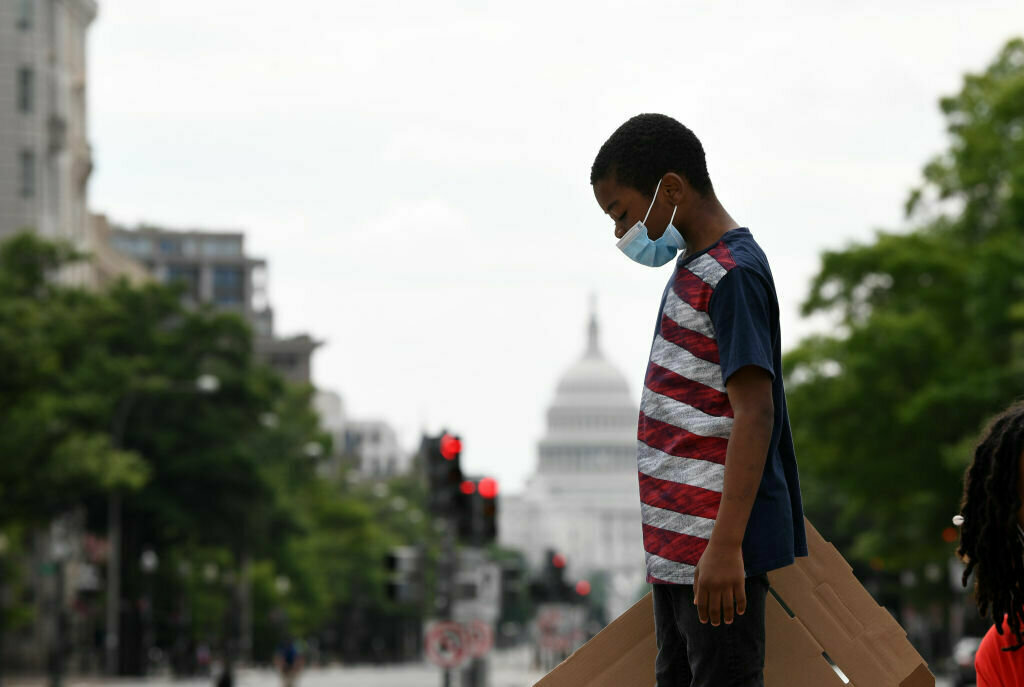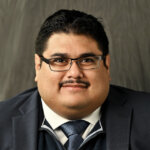
With the Fourth of July weekend less than two weeks away and D.C. entering Phase Two of its reopening plans, Mayor Muriel Bowser said residents should still be cautious of the coronavirus.
When asked about a timeline for a possible announcement for Phase Three, Bowser said that the city needs to be ready for a possible spike in cases as restrictions are lifted.
D.C. began its Phase Two reopening Monday, which allowed certain businesses to reopen with restrictions and activities to resume under specific requirements. Find more details here.
“We’re adding a lot of activity right now,” Bowser said. “We went from Phase Zero, which was everybody staying at home, to Phase One, which really slightly turned on activity.”
- Sign up for WTOP alerts
- With Phase 2 a go, DC’s spy and bible museums are first to reopen
- Latest coronavirus test results in DC, Maryland and Virginia
- This year’s ‘A Capitol Fourth’ will be pretaped except for live fireworks
- Teens test positive for COVID-19 after senior week at Delaware beach
The District announced 38 new positive cases on Monday and two COVID-related deaths over the weekend. It stopped the city’s 15-day streak of sustained decreases. However, Bowser said that D.C. has reached its metrics for contract tracing.
Bowser said residents should see the upgrade to Phase Two, an order she signed Friday, as an opportunity to move around more freely while understanding the dangers of potentially getting infected.
One of those areas of possible concern, according to D.C. Health Director LaQuandra Nesbitt, are places of worship. According to the Phase Two guidelines, religious institutions are limited to 100 people or 50% capacity limit, whichever is less.
“We see our biggest risk are associated with individuals who are in congregants settings,” Nesbitt said. “We have not seen other trends yet emerge.”
Before setting the Phase Two guidelines, Bowser said that her office received several waiver requests from churches, asking that D.C. allow at least 100 people to return for indoor services.
“I think that it is better to deal with it upfront to say that you can either have 50% of your capacity or max of 100 people, whichever is fewer,” Bowser said.
Other mass gatherings are limited to 50 people.
Restaurants are allowed to have indoor dining at 50% capacity, and clubs are not allowed to be open unless they are serving food, Bowser said. Nonessential businesses, in addition to curbside pickup, can have customers inside at 50% capacity.
The city’s Department of Motor Vehicles will reopen its doors Tuesday for limited in-person services on an appointment-only basis.
City playgrounds plan to reopen by the end of the day. In her remarks, Bowser said parents and caregivers should use proper cleaning measures on their children after using the playground.
When positive cases emerge, Nesbitt said her department will trace any possible risk areas and let the public know to avoid “those particular risks” to limit the potential of an outbreak.
July Fourth celebrations
Bowser called the White House’s plans of a low-key event on July Fourth a “federal event” that she expects will bring people down to the National Mall.
When questioned about D.C.’s ability to limit traffic by closing off streets, the mayor said that she does expect “some traffic mitigation” by D.C. police and U.S. Park Police.
D.C. police closed off several streets to limit crowds to the Tidal Basin during the peak bloom of the cherry blossoms in March at the start of the coronavirus pandemic.
Over the weekend, the White House announced that President Donald Trump will deliver remarks from the South Lawn. The ceremony will include music, military demonstrations and flyovers.
Meanwhile, this year’s “A Capitol Fourth” program will be a pretaped, 90-minute special on PBS instead of a live show from the U.S. Capitol. A D.C. fireworks display is still scheduled.
Conversations with U.S. Department of the Interior Secretary David L. Bernhardt on the July Fourth celebrations are still ongoing, Bowser said.
Pike statue removal
Bowser also address the removal and burning of an 11-foot statue of Albert Pike by protesters in D.C.’s Judiciary Square on Friday.
She said that D.C. police made the “right call” in contacting U.S. Park Police and believed that they would handle the handle the situation.
The statute was toppled after protesters dragged it off the base to the ground and set it on fire. D.C. police, whose headquarters are located on the same block as the statue, put out the flames but did not engage with protesters.
“I want to be clear that we don’t think any destruction of property is something that should happen in the District,” Bowser said. “And [that’s] regardless of how you feel about the statue.”
Trump criticized Bowser and D.C. police’s responses on Twitter and during his campaign rally in Tulsa, Oklahoma.








